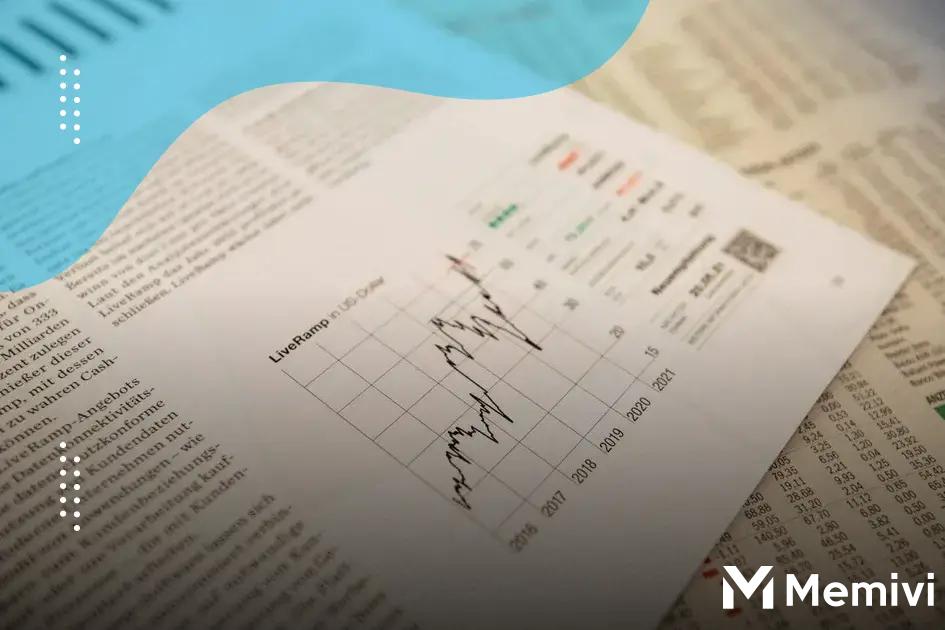
This article explores the rise of debt, its effects on everyday life, and practical solutions. Let’s dive into the financial reality faced by many and how to manage it effectively.
Understanding the Rise of Debt in the UK
Understanding how debt levels have increased in the UK requires examining several factors. Economic developments, changes in personal finance habits, and shifts in policy have all played a vital role in this complex situation.
Firstly, consider the influence of economic developments. Over the years, the UK has experienced various economic challenges, such as recessions and economic booms. These cycles inevitably affect the employment rate, wages, and household income, contributing to the rising debt among UK citizens as some struggle to manage their finances during tougher economic times.
Moreover, there’s been a noticeable change in personal finance habits. Easy access to credit cards and loans has led many to spend more than they earn, which compounds over time and significantly increases personal debt. This trend has been encouraged by culture and advertising, portraying credit as a beneficial tool for lifestyle enhancement.
Another critical factor is the shift in policies related to lending and borrowing. The UK financial landscape has seen several regulatory changes over the years intended to make borrowing accessible while protecting consumers. However, these policies sometimes inadvertently encourage high levels of debt by maintaining low-interest rates, making borrowing more appealing.
Finally, the recent increase in living costs, including housing, education, and healthcare, puts additional pressure on individuals and families. These expenses often surpass income growth, forcing many households to rely on credit to cover basic needs, thereby increasing the overall debt burden.
Understanding the rise of debt in the UK involves recognizing these underlying causes and how they intertwine. While some factors are beyond individual control, awareness can be the first step toward navigating out of the debt cycle.
Impact of Debt on UK Households

The impact of debt on UK households is profound and multifaceted. For many families, borrowing has become an integral part of managing daily expenses, leading to a cycle that is difficult to break. The stress associated with mounting debts can significantly affect mental health, leading to anxiety and depression, and hampers family relationships.
One of the most pressing concerns is the allocation of income towards debt repayments. When a substantial portion of monthly earnings goes toward paying off loans and credit card bills, less is available for essentials such as food, housing, and education. This financial strain can lead to difficult choices and sacrifices, impacting the overall quality of life.
The economic implications are also considerable. Households overwhelmed by debt often curtail their spending, which can slow down economic growth. Consumer spending is a key driver of the UK economy, and high levels of household debt can create a ripple effect that affects businesses and employment rates.
Parents facing debt issues may find it challenging to provide a stable environment for their children. The stress associated with financial insecurity can affect parenting styles and the overall atmosphere at home, influencing children’s development and future outlook on money management.
Utility bills and housing costs are other areas where the impact of debt is evident. Households struggling with debt are at a higher risk of defaulting on utility payments, leading to disruptions in vital services. Additionally, meeting mortgage payments or rent can become difficult, increasing the risk of losing one’s home.
Solutions and Strategies for Managing Debt
Debt can be overwhelming, but there are numerous solutions and strategies to help you regain control. One crucial approach is creating a detailed budget. Begin by listing all your income sources and expenses. This will help you identify areas to reduce spending and increase savings.
Another effective method is the debt snowball strategy, where you focus on paying off the smallest debts first while maintaining minimum payments on larger ones. This approach provides quick wins, keeping you motivated on your journey to becoming debt-free.
Alternatively, consider the debt avalanche method, prioritizing debts with the highest interest rates. This can save you money on interest over time, though it may take longer to notice progress.
In some cases, debt consolidation could be a beneficial option. Combining several debts into a single payment with a lower interest rate might simplify the repayment process.
Additionally, reaching out to a debt counselor for advice on personalized strategies and negotiating with creditors can be invaluable. These professionals can help you understand your options, potentially reducing the amount you owe and setting up manageable payment plans.
Finally, building an emergency fund is vital for preventing future debt. This financial cushion can cover unexpected expenses, reducing the likelihood of resorting to credit cards or loans.


 The Pros and Cons of Renting vs. Buying in the UK’s Current Market <p class='sec-title' style='line-height: normal; font-weight: normal;font-size: 16px !important; text-align: left;margin-top: 8px;margin-bottom: 0px !important;'> Before diving into any major decision, it's important to evaluate both the advantages and potential downsides. </p>
The Pros and Cons of Renting vs. Buying in the UK’s Current Market <p class='sec-title' style='line-height: normal; font-weight: normal;font-size: 16px !important; text-align: left;margin-top: 8px;margin-bottom: 0px !important;'> Before diving into any major decision, it's important to evaluate both the advantages and potential downsides. </p>  Car Finance Explained: HP vs. PCP in the UK and Which is Right for You <p class='sec-title' style='line-height: normal; font-weight: normal;font-size: 16px !important; text-align: left;margin-top: 8px;margin-bottom: 0px !important;'> Avoid common pitfalls and learn how to secure the best car loan deals. </p>
Car Finance Explained: HP vs. PCP in the UK and Which is Right for You <p class='sec-title' style='line-height: normal; font-weight: normal;font-size: 16px !important; text-align: left;margin-top: 8px;margin-bottom: 0px !important;'> Avoid common pitfalls and learn how to secure the best car loan deals. </p>  Protecting Your Money: Understanding the FSCS in the UK <p class='sec-title' style='line-height: normal; font-weight: normal;font-size: 16px !important; text-align: left;margin-top: 8px;margin-bottom: 0px !important;'> Protecting Your Money is crucial in today's digital age where financial risks are everywhere. </p>
Protecting Your Money: Understanding the FSCS in the UK <p class='sec-title' style='line-height: normal; font-weight: normal;font-size: 16px !important; text-align: left;margin-top: 8px;margin-bottom: 0px !important;'> Protecting Your Money is crucial in today's digital age where financial risks are everywhere. </p>